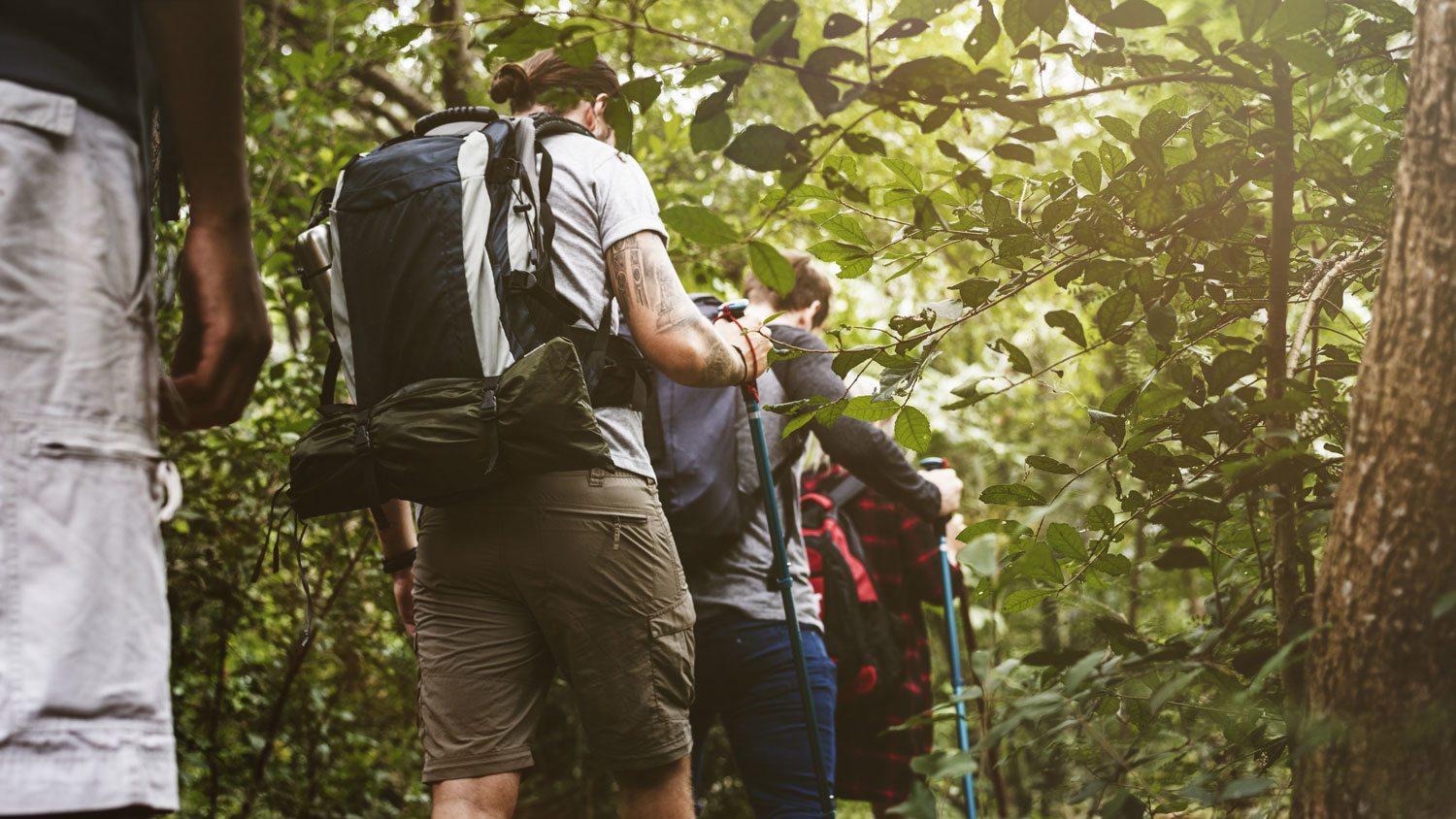[dropcap style=’box’]A[/dropcap]re you a “risk manager?” We don’t often hear that question bandied around at family reunions or pizza parties. But that doesn’t mean that we adults are not aware of the risks involved in our lives. In fact, risk is one of the driving concerns in our daily choices. We may not realize or acknowledge our attempts to manage risk, but we do it all the time. In this blog, I will examine how risk management can affect our choices and practices, especially in family vacations.
Risk: “the possibility that something bad or unpleasant (such as an injury or a loss) will happen.”¹
Consider how family vacations are chosen. Camping, boating, scenic drives, zoo visits, guided tours (foreign or domestic), hunting, hiking, skiing, picnics, drive-in movies, and outdoor concerts are among the many possible vacation activities. Deciding upon these options can bring the risk avoiders and risk takers into sharp conflict. Parents often represent the former by asking, “Is it safe?”, while kids often characterize the latter by asking, “Is it fun and exciting?”
These questions are compelling and important, but I believe that they distract from the primary issue: What is the actual purpose of the activity in question? To have fun? To get away from daily stress? Face challenges together? Experience something new and different? Make a difference in the lives of others? All of the above?
Determining our goals first provides the framework upon which effective risk assessments are made.
After my first trip to Ecuador, I yearned for more exposure to the culture and beauty of this spectacular South American country. Extensive discussions with my wife, Carey, and two sons, Justin and Ryan, concluded that we all should go the next year.
Determining our goals first provides the framework upon which effective risk assessments are made.
First, we agreed on the goals together. All of us wanted to experience real Ecuadorian culture and its people. We wanted to get to know them better, to grow in understanding of others and ourselves in a culture far different from ours. We wanted to serve and explore some of Ecuador’s wild places. We wanted to be more than just “tourists.”
Then we weighed risks against benefits, and chose activities and locations that minimized danger but stayed true to our goals. For example, the boys agreed that eating local Ecuadorian food risked getting sick, but sounded far preferable than just sticking to McDonald’s or Kentucky Fried Chicken.
We spent three weeks together in Ecuador, exploring places far away from the standard tourist destinations. We helped develop and implement the first international courses for Summit Adventure by serving at several child development centers, hiking through spectacular high altitude mountain scenery, and walking or bussing throughout Quito. We struggled to shop at local markets where no English was understood, and ate in local, family-run restaurants where both the cuisine and cleanliness challenged our Californian traditions.

Along the way, we discovered big differences between managing and eliminating risk. Justin had his wallet stolen out of a back pocket because he forgot to put it in a safer place. At 13, he became afraid and outraged that someone would steal his money.
Carey stepped off a crowded bus surprised to find a four-inch razor cut in her daypack (though nothing was taken, repairing the pack reminded us of some risks we faced).
Ryan spent three days sick after forgetting to wash fruit with bottled water.
And a man unsuccessfully tried to grab my daypack—while I was wearing it!
Those situations taught us that we needed to manage risks wisely. Getting on crowded buses required wallets in front pockets and daypacks swung around to chests. All water needed treating. Walking the streets of Quito after dark was simply not done.
In the end, however, we counted our extraordinary blessings to be far greater than the risks.
In the end, however, we counted our extraordinary blessings to be far greater than the risks. The local Ecuadorians were warm, giving, and open, despite significant language barriers. We gaped at animals, plants, and scenery far different from anything we had ever seen before. Spending time in Quito shocked us with the vast chasm between rich (including us) and poor. Every day brought new adventures that challenged us physically, spiritually, or emotionally.

Additionally, I climbed Cotopaxi (and several other mountains) on that trip, free from the nightmares of the previous year. Turns out those risks were more perceived than real. In fact, my chances of dying any time I drive a car are two times greater than when I am venturing up a 19,400 foot mountain like Cotopaxi.² And I regularly get behind the wheel of a car without the slightest consideration for the risks I am about to take.
This is not to say that I should be careless, complacent, or arrogant when dealing with potentially risky activities. Even if the perception of danger is higher than the actual peril, there are still many sound reasons to develop and implement a “risk management plan.”
I’ve dealt with both perceived and actual hazards for over 30 years, and find that preparation is crucial to a well-balanced plan.
When my family prepared for our Ecuador adventure, we focused on the following principles:
- Doing our homework. We gleaned enough information from books, recent travelers, and the several locals I met from the previous year to prepare mentally to interact with a foreign culture.
- Ensuring appropriate physical competency. Being physically fit enough to hike, stroll, meander, run, and whatever else a given day’s schedule demanded.
- Acquiring necessary, functional equipment. Collecting hiking boots, daypacks, travel bags, energy bars, food, bottled water, and maps as part of an equipment list specifically designed for our purposes in Ecuador that year.
- Clearing our plates. To ensure a full focus on Ecuador with minimal outside distractions, we worked hard to resolve every potential issue that might arise back in the States during our time in Ecuador—bills, business and personal correspondence, family matters, and even taxes.
Managing risks through effective planning and preparation helped make our trip a tremendously powerful learning experience we still reflect upon. The risk avoiders among us came to terms with the risk takers because we managed to prioritize our conversations well.

Whether we willingly take risks or avoid them like the plague is relevant to future planning within families and also for corporations, clubs, church groups, and even classrooms. However, the starting point is not risk, but purpose. After that, the pleasant possibilities and potential risks can be placed into their proper perspectives.
So go ahead and bring up the topic of “risk management” at your next friendly get-together or business meeting; you might help some family members or colleagues make more productive risk-assessing and goal-advancing choices.
Sources:
¹http://www.merriam-webster.com/dictionary/risk
²http://www.besthealthdegrees.com/health-risks/

